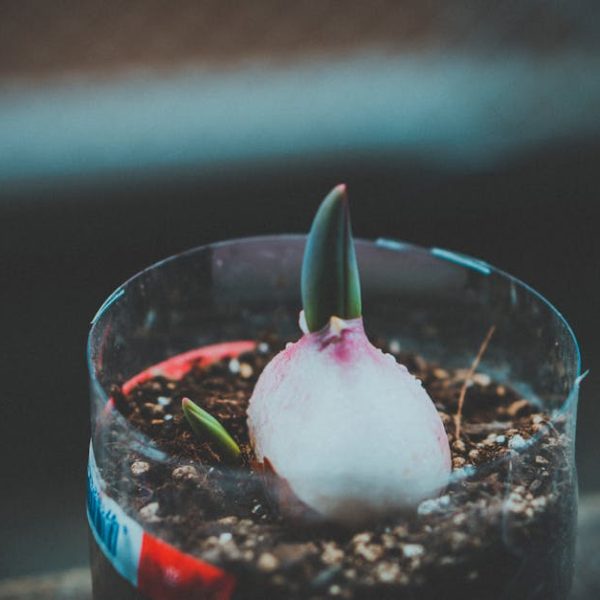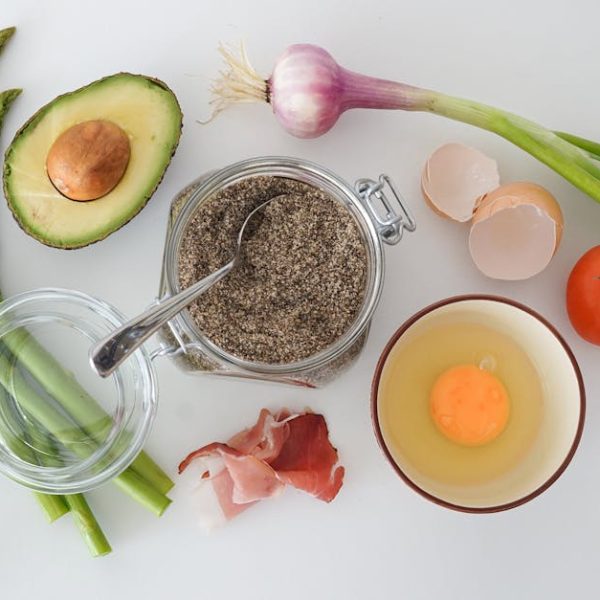When it comes to storing celery, proper methods not only ensure the freshness and crispness of these green fibrous stalks but also retain their rich flavor. Following the right techniques, you can enjoy these healthful snacks or meal ingredients for a much longer period. Below we explore seven effective methods that you can use to prolong the shelf life of your celery.
1. Refrigerating Celery in Aluminum Foil
One of the simplest yet most effective ways to store celery is by using aluminum foil. This method works excellently as the foil allows the ethylene gas – which fruits and vegetables naturally emit – to escape. While excess moisture, which accelerates the decaying process, is allowed to evaporate, the celery remains wrapped tightly in a slightly humid environment that helps retain its freshness and prevent wilting.
– Best Practices:
– Thoroughly clean the celery before storing
– Wrap tightly in aluminum foil
– Place it in a cool section in the refrigerator
2. Using Paper Towel and Plastic Bag Method
An innovative approach to prolong the celery’s shelf life uses a combo of paper towel and a plastic bag. Here, the paper towel works by absorbing excess moisture that would otherwise congregate on the celery stalks, leading to faster rot. The plastic bag, on the other hand, serves to slow down the blocking of oxygen and escape of carbon dioxide, putting the brakes on the rotting process.
– Pro Tip: Keep an eye on the paper towel and change it each time it gets saturated to extend the lifespan of the celery even more.
– Stepwise process:
– Clean and pat dry the celery stalks
– Wrap them in a paper towel
– Place it in a loose plastic bag and store it in the refrigerator
3. Storing in the Water-Filled Container
At times, what our celery needs to stay fresh for longer is a constant supply of water. Storing celery in water-filled containers essentially keeps the vegetable hydrated, almost tricking it into thinking it’s still plugged into its root system, therefore, extending its freshness.
– Comparison: While placing the celery in water-filled containers doesn’t allow it to dry out and wilt, this method requires regular water changes and may accommodate fewer stalks than others.
– Necessary steps:
– Trim the ends of the celery stalks
– Fill a container with fresh water, enough to immerse the stalks
– Place the celery stalks upright into the container
4. Freezing Celery for Long-term Storage
The surefire plan for storing celery for the long-term revolves around freezing it. Blanched and properly stored, celery can retain its flavor and freshness for over a year, making it ideal for soups, stews, and casseroles.
– Best Practices: Blanch celery before freezing; this process partially cooks the celery, thus allowing it to maintain vibrant color and taste after defrosting.
– Steps:
– Clean and chop celery into desirable sizes
– Blanch it, by boiling for about two minutes and immediately plunging it into iced water
– Drain, let it dry, and then store it in a freezer-safe bag in the deep freezer
With these methods at your fingertips, fresh, crunchy, and flavorful celery will be a constant in your kitchen. In the next section, let’s dive deeper into some other techniques for celery storage.
5. Using Vacuum Seal Bags
If you’re a bulk buyer, storing celery might bring unique challenges. This is where vacuum seal bags come in handy. By sucking out the air from around the celery, these bags prevent the circulation of oxygen that could speed up rotting, thus extending the shelf life of your celery significantly. Proper sanitation before storage also ensures that the celery remains fresh and crunchy even longer.
– Comparison: Unlike traditional plastic bags that may still permit airflow to a certain extent, vacuum seal bags provide absolute airtight storage, making them superior for preserving celery.
– Guidelines in using vacuum seal bags:
– Ensure the celery stalks are clean and completely dry
– Place them in vacuum seal bags
– Seal according to the vacuum sealer’s instructions and refrigerate
6. Storing in a Bowl of Water in the Refrigerator
Ever thought about treating your celery like a bouquet of fresh flowers? This unique method involves placing celery stalks in a water-filled container, just like you’d arrange flowers in a vase. This not only keeps the celery hydrated but also allows the stalks to remain crisp, just like freshly harvested celery.
- Pro Tip: For optimal freshness, remember to change the water in the bowl every two to three days; this prevents the celery from rotting.
- Instructions:
– Trim the ends of the celery stalks
– Place them upright in a bowl filled with water
– Ensure the bowl is placed in a cool section of the refrigerator
7. Wrapping Celery in a Bee’s Wax Wrap
If you’re conscious about the environment and looking for a green alternative to plastic wraps and aluminum foils, Bee’s wax wrap is your go-to. These wraps are made from organic cotton coated with beeswax, jojoba oil, and tree resin, providing a natural seal that holds in moisture while letting excess gases escape. More so, they can be washed and reused, lasting for up to a year or more.
- Pro and Cons: While Bee’s wax wraps are environment-friendly and reusable, they may not entirely seal the celery like vacuum bags or plastic bags with closures. This could slightly compromise the salad-quality crispness in your celery.
- How to store with Bee’s wax wrap:
– Clean and pat dry the celery stalks
– Wrap them in a Bee’s wax wrap, ensuring the fit is snug yet flexible
– Store it in the refrigerator; try to consume within the week for the best texture and taste
Keeping celery fresh and flavorful can be an effortless routine by applying these seven effective methods. Each method has its unique benefits and suits different needs; hence choose the one that works best for you. Now, start enjoying your celery in your own time without having to worry about wilting or rotting stalks. Loading…






